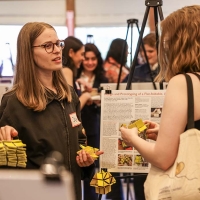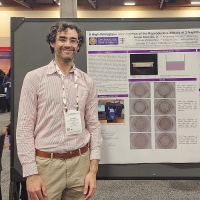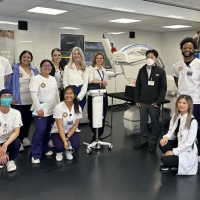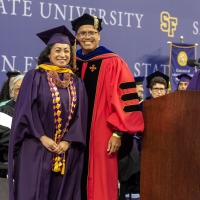125 years of excellence: 10 things you didn’t know about SF State
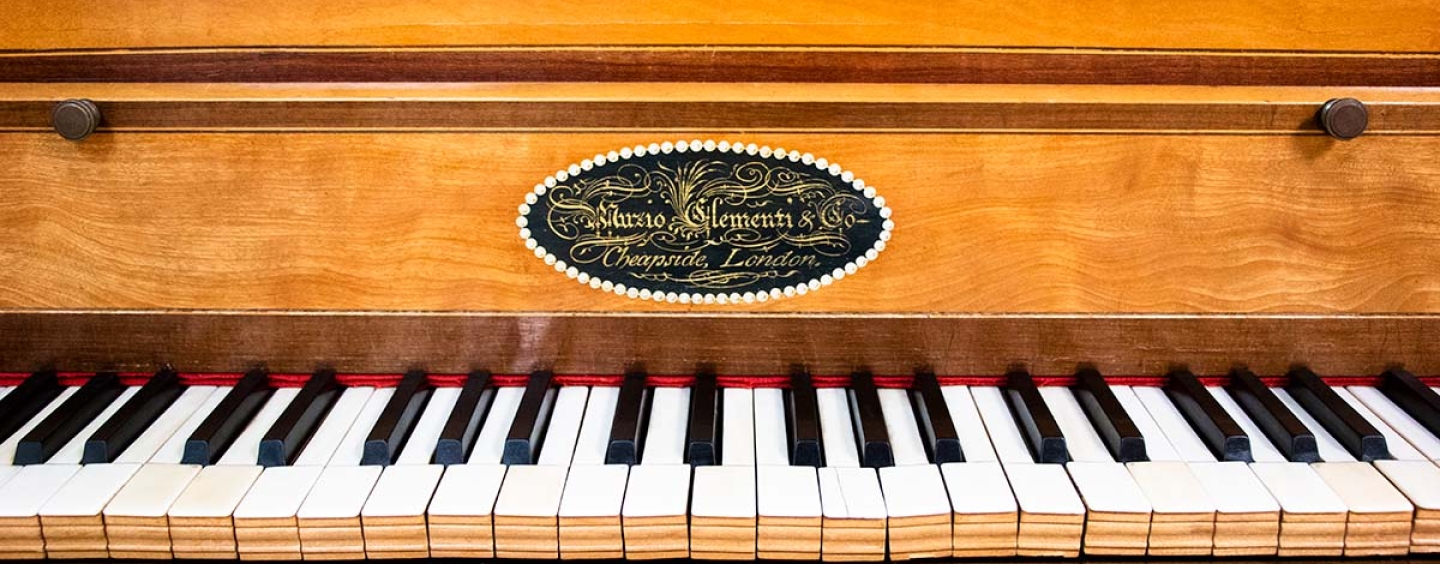
In celebration of the University’s 125th anniversary, SF State News presents a roundup of forgotten history and hidden gems from across campus
Every member of the San Francisco State University community has their favorite campus spots and little-known lore. From the quietest study nooks and best coffee carts to rare plants and a piano that’s almost a century older than the University itself, it’s impossible to know all the highlights and surprises in and around San Francisco State. But as part of the University’s 125th anniversary celebration, we’re highlighting some of our favorites below.
No. 1: The University has its own tearoom
The Toshiko Mishima Memorial Tea Room is housed in Humanities 117. It was donated to the University by the Japanese company Adachi Industry in 1992. It’s named after former Japanese Program Coordinator Toshiko Mishima. Over the years, it’s been used for classes, meetings and public Japanese tea ceremonies (chanoyu). Most commonly, it’s used for classes such as “JAPN 401: Topics in Japanese Culture: Tea Ceremony and Tea Culture,” which will be offered in spring 2025 by Professor of Japanese Midori McKeon.
#2: The greenhouse is full of super-rare plants … and you can visit them!
In the back of one of SF State’s greenhouse rooms hangs a pot with seemingly unassuming purple flowers. Closer inspection reveals flowers with intricate purple veining and startling drips of red. Nesocodon mauritianus is one of a few plants with red nectar, which makes it particularly visible and attractive for geckos, an uncommon plant pollinator. In the wild, it’s only found cliffside near waterfalls on the island of Mauritius — hence why the plant thrives in San Francisco’s climate. Unfortunately, it’s a vulnerable species facing a myriad of issues in the wild. It’s just one of 800 to 1,000 species from all around the world that are part of the University’s greenhouse collection. Arid, Intermediate Tropics, Highland Tropics/Cloud Forest plants are just a third of the collection. Visitors are welcome to visit during Tuesday open hours, and students are invited to the greenhouse’s biannual plant sale.
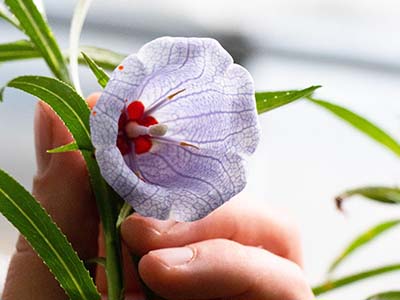
No. 3: Swifties Studies is a thing
In the Experimental College (EXCO), SF State undergraduates can teach classes about nearly anything. Fall 2024 classes include everything from veterinary medicine and genealogy to Black science fiction and, yes, “Taylor Swift and the Art of Songwriting.” Through EXCO, students are mentored by a faculty director who helps them choose a subject, develop a curriculum, recruit students and lead the course. The original program ran from 1965 to 1969 as an outgrowth of various counterculture and activist movements of that time. It was revived in fall 2017 and has been thriving ever since.
No. 4: You can travel through Bay Area history without leaving your desk
SF State’s Bay Area Television Archive stores more than 135,000 videos from Bay Area television stations, with countless historic treasures that are known and others that have yet to be discovered. It includes clips about the civil rights movement, the Zodiac Killer, old-school hip-hop and much more. Archivist Alex Cherian even rediscovered and restored clips from Maya Angelou’s 1968 TV series “Blacks, Blues, Black.” Since 2007, Cherian has preserved 6,000 hours of footage and digitized 350 hours — and this is approximately 6% of the total collection. Footage from the archive has been used in more than 1,000 documentary, television and community projects.
No. 5: There’s a 200-year-old piano in the Library
Built in 1808, the Clementi Fortepiano was donated to the University in the 1960s and today is safely tucked away in a temperature-controlled room of the J. Paul Leonard Library. While its basic mechanism is comparable to a modern piano, it’s smaller (shorter keyboard, smaller keys) so its sound is distinct and better suited for more intimate performances. School of Music Professor Victoria Neve was told that there are only five instruments of this make and vintage on record. While there may be more fortepianos on the planet, the likelihood of them working is small. Neve often incorporates the instrument into her teaching. The Clementi Fortepiano is one of many treasures in the Frank V. DeBellis collection, which is filled with artifacts of Italian culture.
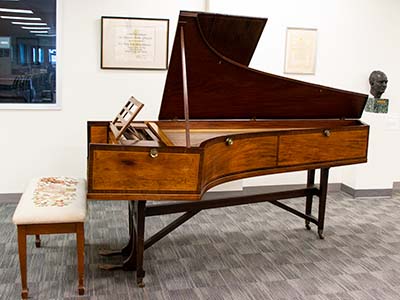
No. 6: You can get a swanky three-course meal (prepared and served by students)
The Vista Room is a fully functional restaurant and a teaching and learning lab managed by the Department of Hospitality, Tourism and Event Management in the Lam Family College of Business. Students gain practical experience with food service, hospitality and service management. Visit the fourth floor of Burk Hall to enjoy contemporary California cuisine with an emphasis on responsibly sourced ingredients and sustainability. The dining room seats visitors from 11:45 a.m. to 12:30 p.m., and closes at 1:50 p.m. Reservations are highly encouraged.
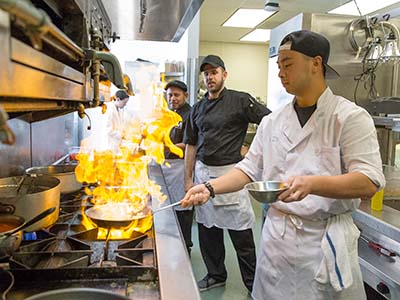
No. 7: SF State is home to the world’s longest continuously running webcam
FogCam has been keeping an eye on Karl the Fog since 1994. Currently situated in the Business building, it captures and displays grainy images of the Quad every 20 seconds. Beyond a few location changes, the webcam and operation hasn’t changed over the decades — which only adds to the project’s charm. It all started as a project by Instructional Technologies Department students Jeff Schwartz and Dan Wong. When they announced that the project was being shut down in 2019, everyone from The New York Times and NPR to the BBC picked up the story, fueling internet calls to save the project. The alums made a deal so that the University would take over the FogCam around the project’s 25th anniversary. It’s now operated by the University’ Academic Technologies division.
No. 8: SF State hosts the longest-running disability film festival in the world
For more than 30 years, the Superfest Disability Film Festival has celebrated film portrayals of disability through “diverse, complex, unabashed and engaging lens." Though it began life as a small Los Angeles showcase, today it’s produced by SF State’s Paul K. Longmore Institute on Disability. The 2023 festival, held in October, included short films, mockumentaries and feature documentaries from around the world.
No. 9: You can peruse a museum without leaving campus
Explore SF State’s Global Museum next time you’re in the Fine Arts building. Its key collections are from Africa, Oceania, the Americas and Asia. The Ancient Egypt collection — originally acquired by onetime San Francisco Mayor Adolph Sutro in the 1880s — has been at SF State since the 1960s. The collection includes two mummified remains, a rare triple-nested sarcophagus and more. Students, faculty and staff in the Museum Studies program maintain these artifacts. Anyone can visit the museum in Fine Arts building room 203 for free.
No. 10: The gators on campus used to be real
Before Alli Gator, with her fabulous purple nails and fashion, SF State had real baby alligators named Oogie and Albert as mascots. They were donated to a private zoo in 1947. The alligator origin story began in 1931 when there was a need for an athletics mascot. While alternative mascots were considered (golden panthers, owls and seals), students voted to be the “Golden Gaters” because alligators are steadfast and strong. The intentional “Gater” spelling was a nod to the Golden Gate Bridge, though the spelling was eventually changed to “Gator.” The mascot has evolved over the years, and in 2023 Alli Gator got a glow up and debuted a new look for the first time in over 90 years.
Learn more about the cool opportunities, resources and surprises on the SF State campus.
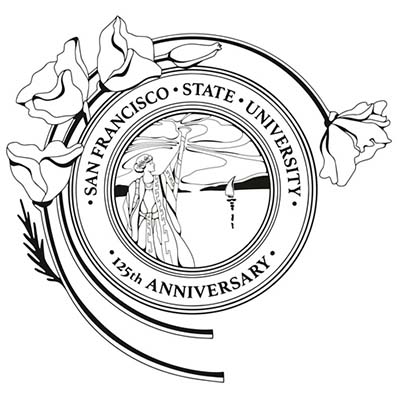
Tags
